Zener diodes make no sense in your circuit. What you want are Schottky diodes, which is also what the schematic shows.
As for the "brushes", what brushes? What will these brushes be contacting? If you are thinking brushes on a motor used as a generator or something, then they will be integrated into the device and you don't get to chose them.
Added:
Apparently these "brushes" are for making contact with power electrodes on the surface the rover will be traveling over. That sounds like a tricky problem since dirt on this surface should be expected. Not only will this cause intermittent connections, but could also get stuck on the brushes. A good defense against this would be lots of brushes with a pair of diodes for each. The electrodes should be arranged in a checkerboard pattern small enough so there are always a few (at least 4?) squares within reach of the brushes at any time, and with enough space between each square so that a brush can't short between them.
As for what to use for the brushes, that depends a lot on what is really important. For example dragging graphite would probably work well enough and be cheap, but create significant friction and wear down and leave graphite particle all over the place. Fancy rollers would cost more and be susceptible to dirt, but nicer on the surface with less drag.
Maybe metal wheels doubling as contacts might work. However, the radius of the wheels will dictate some minimum distance between electrodes to avoid shorting, and you can't use high-traction rubber then. Maybe you want a combination of electrode wheels and a few extra additional deliberate brushes.
Another possibility is to put a large capacitor or a small rechargeable battery in the rover. Most of the time the rover will get external power and keep the battery topped off, but when it hits the inevitable gap, the motor can run a little while from the battery or cap. You might even add logic to not stop unless power is available, since just a little movement would get at least two contacts to hit opposite polarity electrodes.
All around, this sounds like a non-trivial way to deliver power to a rover that is very high in infrastructure cost.
